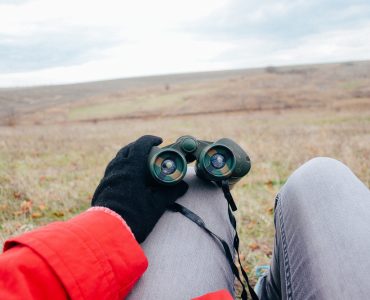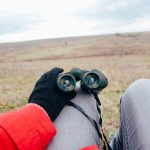Taxonomy dictates the naming of different animal species for identification purposes. This process is expanded for ornithology, which is the branch of zoology that deals with the in-depth study of birds. Most of the time, the study of ornithology is difficult because of the movements of the birds as well as the number of birds and the variety within the species. Scientists have developed techniques to be able to carefully study birds. Among these methods are bird ringing and mark and recapture.
Bird ringing, also known as bird banding, is a way to study birds and their subspecies. The method was started in Germany in 1903. The method is done with the use of individually numbered aluminium rings or other light-weight materials that are attached either to the birds’ legs or to the wings. In order to study the different aspects of a bird’s life, and thereby learn about the species as a whole, ornithologists must find the same individual bird and study it. Included in this method is the study of the bird’s migration, mortality, feeding behaviour, and other demographic information.
Mark and recapture is another way ornithologists use to study birds. It is often used to estimate the population of birds and their vital signs such as migration and immigration, growth, and overall survival. This method is used if a researcher failed to identify all the species present in a particular area. The method also is known as capture-recapture, mark-capture, band recovery and sight-resight. Mark and recapture is also used in other fields, such as epidemiology.












